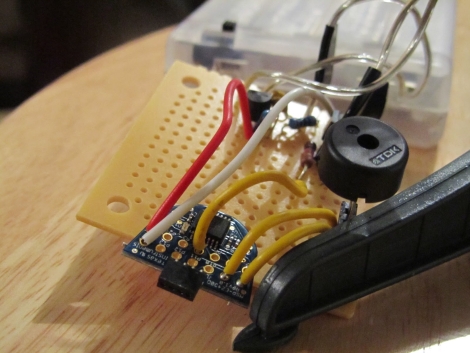
Here’s a really tiny r/c blimp that doesn’t need several cubic feet of Helium to get off the ground.
Instructables user [masynmachien] has been building r/c blimps for over a decade now, and this latest build is meant to have the same specs as this nanoblimp. The build is based on an 11-inch party balloon that can provide about 11 grams of lift. This doesn’t allow for much leeway in terms of weight, so [masymachien] used hacked-up servos for the motors.
The blimp is an exercise in saving weight – just about every component that can be removed from the build is thrown away. The results are pretty impressive. The entire blimp weighs about 10 grams on the ground. [masynmachien] also tried a 14-inch balloon with an 808 key fob camera with very good results.
The blimp looks pretty good when flying around a room. [masymachien] seems to have a lot of control from a minimal component count. You can check out the party blimp in action after the break.

















